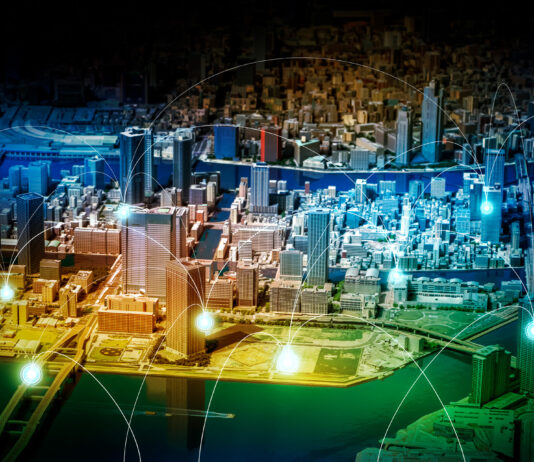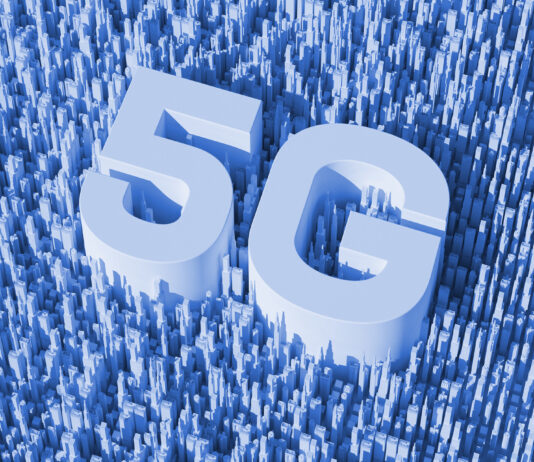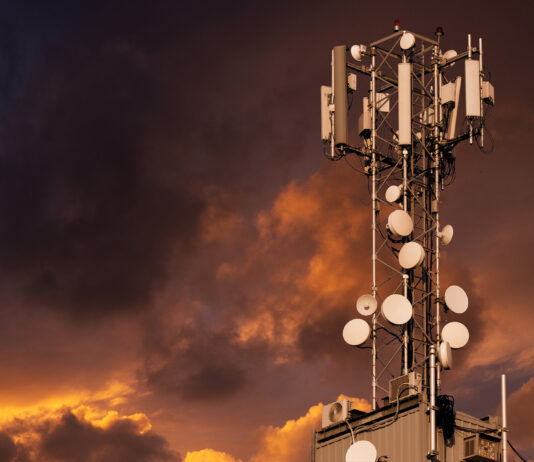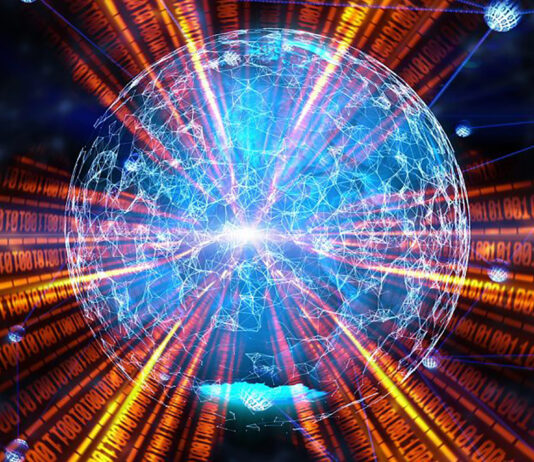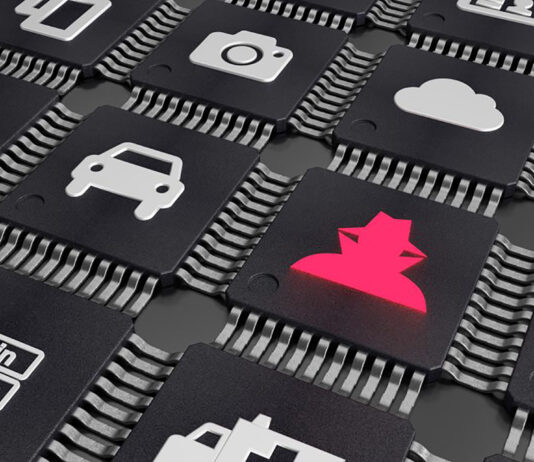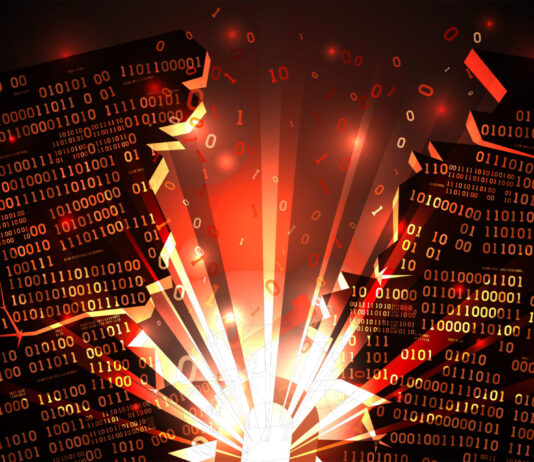Tag: CYBER-PHYSICAL SYSTEMS
Self-help authors and politicians seem to agree on at least one thing: mindset matters. The shelves of bookstores worldwide are awash with motivational books by evangelical writers hoping to convert readers to their gospel of optimism. The central thesis is simple: success depends on approaching life, especially its challenges, with a positive outlook.
Politicians and leaders have always appreciated the power of mindset, though less of the positive kind, as attested to by a history of propaganda that dates back to at least 500 BC. More recently, as Covid-19 spread across the globe, language in public discourse showed itself to...
A term first coined by the Japanese government, “Society 5.0” describes "A human-centered society that balances economic advancement with the resolution of social problems by a system that highly integrates cyberspace and physical space." The fifth evolution of the society, enabled by the fifth generation of cellular networking and cyber-physical systems, imagines technology, things and humans converging to address some of the biggest societal challenges. The concept encompasses Industry 4.0, Fourth Industrial Revolution, Smart-Everything World and other buzzwords of the moment.
In the society of the future the more the cyber and physical worlds are combined, the greater the benefits...
Neil Harbisson calls himself a cyborg. Without the antenna implanted in his skull, he would not be able to see colour of any kind. Born with achromatopsia, a condition of total colourblindness that affects 1 in every 30 000 people, Harbisson's physical faculties are augmented by cyber technology to grant him access to a life of greater meaning and satisfaction.
As technological evolution leads to concomitant advances in medical science, we are seeing more and more examples of humans who are integrating devices and sensors into their biological makeup. For some, like those part of the growing "transhumanist" movement, this...
In a recent session on smart building cybersecurity, a student cheekily asked me "How did we ever connect anything before 5G?" At that moment I realized I might have been overdoing my 5G cheerleading recently. To atone, here are the key performance and cybersecurity attributes of the most commonly used connectivity technologies in smart home / smart building use cases... And 5G.
If you thought that the "traditional" home life is under heavy attack from digitization of media and constant communication, wait until you learn about the Internet of Things (IoT) and Smart Homes.
Our most personal spaces - our homes...
Don’t let the “5G” in the title confuse you. This post is not only about the telcos’ core networks, but about the 5G security and privacy issues in our (very) near, and very different future that 5G will enable. In the 5G-enabled massive Internet of Things (mIoT) world we’re about to find ourselves in, we are expected to have 1000 devices connected for every person… These devices will be the components of the ‘5G operating system’ for our smart cities, our industry 4.0, our smart homes, smart transportation, smart healthcare, and much more. To enable this future, we will...
More than half of the world’s population lives in cities. The UN estimates that by 2050 that proportion will be 68% - more than 6 billion people living in high-density conditions. This raises significant challenges. What is the best way to ensure that human needs are met in a fair and equitable way? How will we face challenges like resource strain, waste and pollution management, traffic congestion and connectivity?
In response to these wicked problems, cities are increasingly relying on smart technologies to foster greater efficiency and sustainable growth. These interventions do not, however, come without their own complications. Just...
From The Jetsons to Blade Runner, to Back to the Future, to A.I. to The 5th Element, popular culture has long been fascinated by what the future would look like for ordinary people. In these films and countless others, humans of the future are shown engaging with technology that speaks to them, cooks for them, asks them how their day was and connects them with the outside world in a seamless and intuitive way. These are all examples of what we now regard as smart homes and smart cities – living spaces optimized by devices connected through the Internet...
Getting smart about security in smart systems
Smart used to be something we called people or pets. It wasn't a term one would use to describe one's hairbrush. That is changing, of course, in an era of accelerating digital transformation. Now we have smart homes, smart cities, smart grids, smart refrigerators and, yes, even smart hairbrushes. What's not so smart, though, is the way the cybersecurity and cyber-kinetic security risks of these systems are often overlooked, and with new horizon technologies like 5G, these problems are set to grow exponentially.
Cyber-physical systems and the smartification of our world
Cyber-connected objects have become...
The human brain is programmed to keep us safe and secure. Yes, we are separated from the rest of the animal kingdom by our advanced capacities of sense-making and decision-making, but at the core of our grey matter remains some primitive but powerful tech tasked with keeping us alive. If your amygdala senses danger, it makes a split second decision and triggers the fight-or-flight response, flooding your body with hormones like adrenaline that prepare you for battle. This overrides the cortex – the sophisticated part of the brain we rely on for problem-solving and strategic thinking – making it...
As IoT adoption continues to proliferate, manufactures and adopters are increasingly aware of cybersecurity risks to IoT. Yet, even among the IoT security professionals, one significant potential remote attack vector is often overlooked: intentional electromagnetic interference (IEMI).
Electromagnetic interference (EMI) surrounds us – natural causes, such as solar flares and lightning; and man-made sources such as radio and TV broadcasting, radars, microwaves and many others all emit electromagnetic waves that could disrupt operation of electrical and electronic devices. That is, if devices wouldn’t comply with numerous electromagnetic compatibility (EMC) standards which ensure correct operation in common electromagnetic environment and resilience...
While Stuxnet is gone, the world now knows what can be accomplished through cyber-kinetic attacks.
As we approach the 10th anniversary of when Stuxnet was (likely) deployed, it is worthwhile to examine the effect it still has on our world. As the world’s first-ever cyberweapon, it opened Pandora’s box. It was the first true cyber-kinetic weapon – and it changed military history and is changing world history, as well. Its impact on the future cannot be overstated.
Stuxnet’s beginnings
Stuxnet is believed to have been conceived jointly by the U.S. and Israel in 2005 or 2006 to cripple Iran’s nuclear weapon development...
As our cities, our transportation, our energy and manufacturing – our everything – increasingly embrace Internet of Things (IoT) and Industrial Controls Systems (ICS), securing its underlying cyber-physical systems (CPS) grows ever more crucial. Yet, even among engineers and cybersecurity specialists, one potential attack trajectory is often overlooked: Intentional Electromagnetic Interference (IEMI).
ICS and IoT – digital systems that run today’s modern society – rely on changes in electrical charges flowing through physical equipment. Creating the 1s and 0s of which all digital information is composed requires electronic switching processes in circuits. The current used in this process is not...
The attacker stepped out from behind a hedge in the upper-class suburban neighborhood, being careful to stay in the shadows. Across the street, the last lights shining through the windows of the house had just flickered out. She tugged the bottom of her black hoodie into place and pulled the hood up over her head, casting her face deeper in shadow.
Her target sat in the driveway at the front of the house, a bright red and completely decked out SUV. Glancing up and down the street to ensure no one was looking, she slipped across the street into the...
The maritime industry faces a not-so-distant future when ships will be completely autonomous, using navigation data that they receive to plot their own courses with only minimal input from shoreside control centers. The efficiencies this could bring are massive, but before this happens, cybersecurity issues must be addressed. Not only are many vessels configured in ways that invite cyberattacks, but security practices also need to be improved before the industry can safely navigate its future.
An increasingly digitized maritime industry
A fleet of 250 autonomous vessels may launch soon. And that would be only the beginning, according to McKinsey and Co....
Stuxnet was the first true cyber-kinetic weapon, designed to cripple the Iranian – and perhaps also the North Korean – nuclear weapon programs. It succeeded in slowing the Iranian program, although it was discovered before it could deal the program a fatal blow.
Its significance goes far beyond what it did. It marks a clear turning point in the military history and cybersecurity. Its developers hoped for a weapon that could destroy strategic targets without civilian damage possible in traditional warfare. Instead, it opened the door to cyberattacks that can deliver widespread disruption to the very civilian populations it was...
